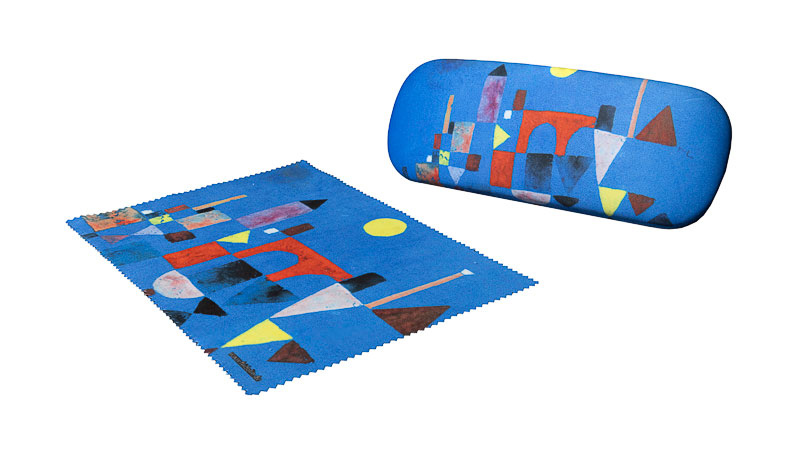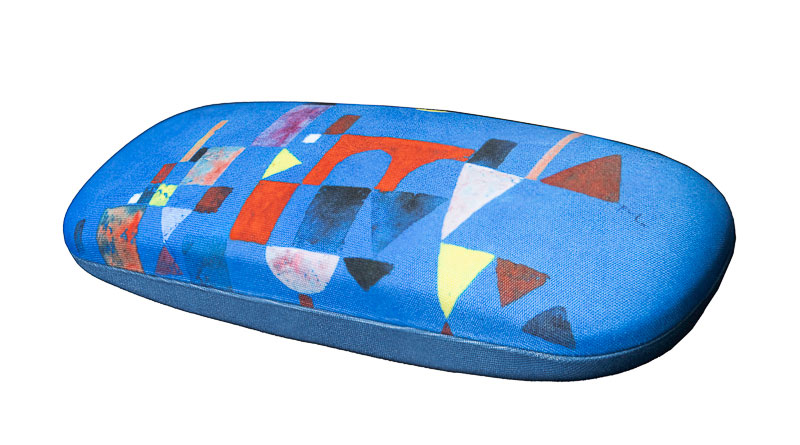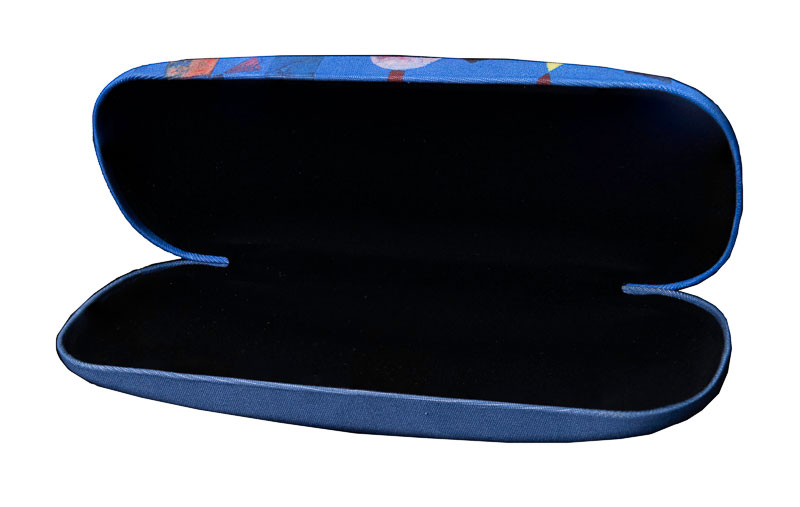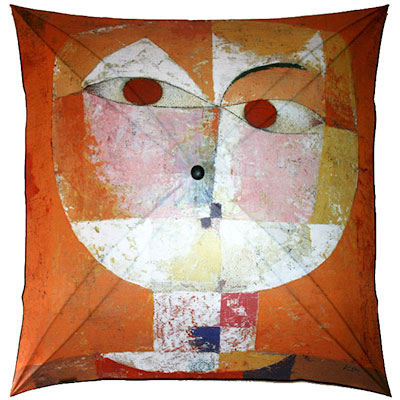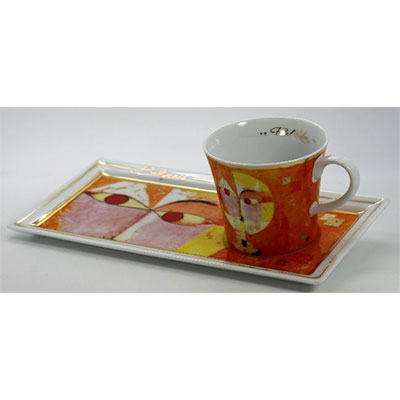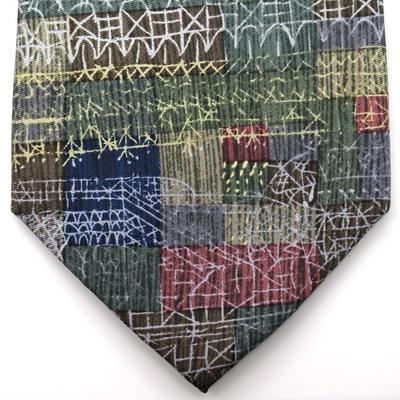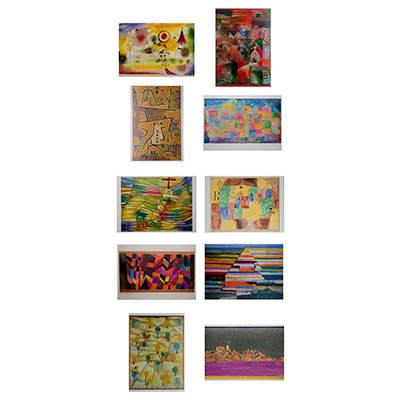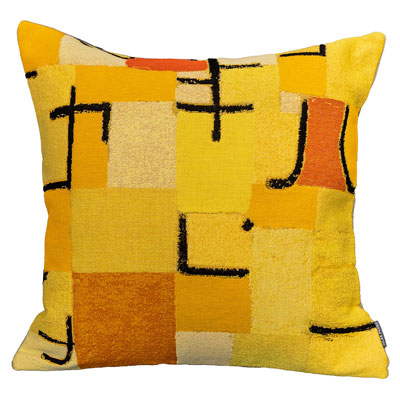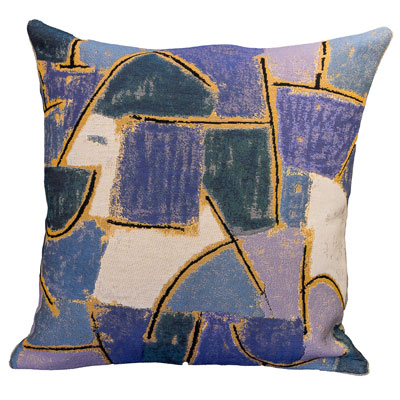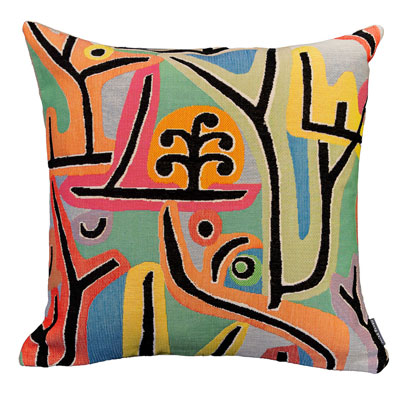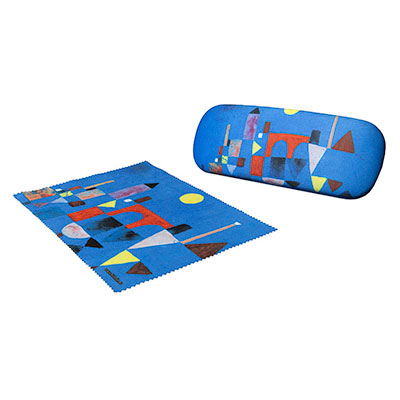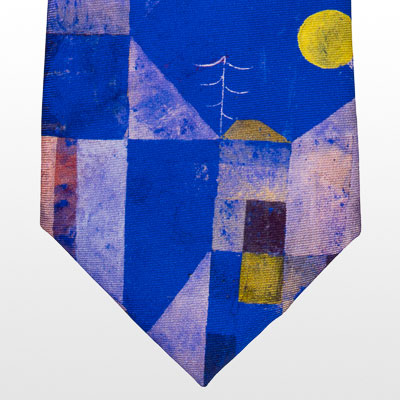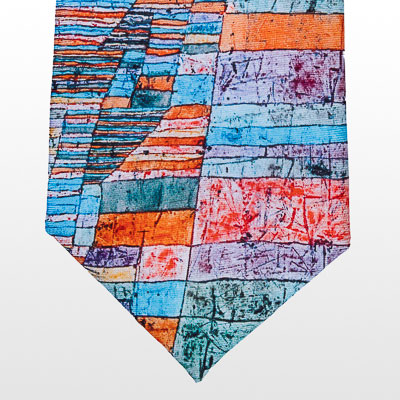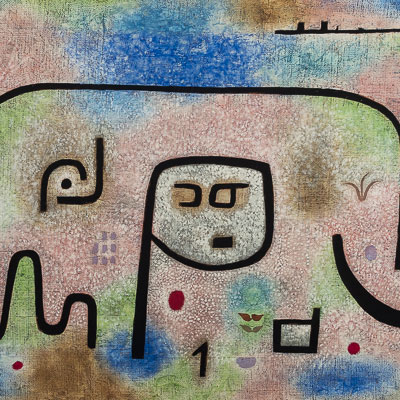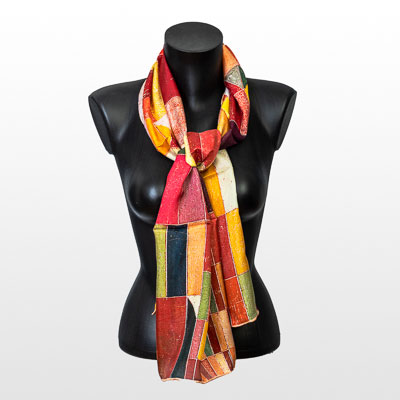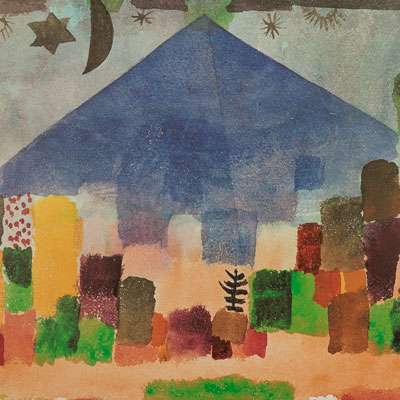Tel : (+33) 4 94 63 18 08
9am - 6pm from Monday to Sunday
All products Paul Klee • Products of the topic Abstract
Paul Klee Eyesglass case : Red bridge
REF : KLEE-ELU-01
In stock
Only 1 in stock
Unavailable
19,90 €
(21.53 USD)
Paul Klee Eyesglass case : Red bridge
Solid hard-shell case with fabric cover pleasant touch, strong and secure metal clasp inside of case lined with soft felt.
This case suits as well for prescription glasses as for sunglasses.
Dimensions : 16 x 5.5 cm
Dimensions of the microfiber cleaning cloth : 15 x 18 cm
Bauhaus
The Bauhaus art movement (which means 'the house of construction'), created in 1919 in Weimar, Germany, is an art and design school founded by a group of visionary artists, including Walter Gropius, Paul Klee, Wassily Kandinsky, and Ludwig Mies van der Rohe. The Bauhaus sought to unify applied arts and fine arts, promoting a holistic approach to artistic creation. The Bauhaus moved successively to Dessau and Berlin during its 14 years of existence. Its goal was to bring together traditional craftsmanship and industrial techniques to create functional, aesthetic, and innovative artworks. The artists of Bauhaus explored new forms, clean lines, vibrant colors, and geometric aesthetics, influencing architecture, design, painting, and sculpture. The Bauhaus also placed great importance on education, encouraging an experimental and collaborative approach. Students benefited from a comprehensive curriculum, allowing them to explore various artistic disciplines, including woodworking, ceramics, photography, weaving, and typography. This interdisciplinary approach gave rise to a new generation of innovative artists and designers who helped shape the artistic and cultural landscape of the 20th century.
Discover the artist
Klee Paul
Paul KLEE
German painter, born and died in Switzerland (1879-1940)
An abstract but less theoretician than Kandinsky, he was more involved in a search for rhythm (he was also a musician) and colors (just like Robert Delaunay)While leaving a very important place to the irrational, to the dream.
His journey cannot be divided into periods, Klee having sailed, all his life, in a personal space, surveying it in his own way, going back to his beginnings and getting further away from it, gaining in density and depth with each step.
The last few years, when he knew he was condemned by the disease, have been darker and more obsessive. Having accompanied the Bauhaus, part of the Blaue Reiter, he bore especially, after his departure from Germany, the weight of betrayal. This homeland, which was his, had soiled him, dragged him into the unspeakable mud of "Degenerate Art", and had in some way amputated him of a part of himself, of his identity as man and painter.
Klee Paul
Paul KLEE
German painter, born and died in Switzerland (1879-1940)
An abstract but less theoretician than Kandinsky, he was more involved in a search for rhythm (he was also a musician) and colors (just like Robert Delaunay)While leaving a very important place to the irrational, to the dream.
His journey cannot be divided into periods, Klee having sailed, all his life, in a personal space, surveying it in his own way, going back to his beginnings and getting further away from it, gaining in density and depth with each step.
The last few years, when he knew he was condemned by the disease, have been darker and more obsessive. Having accompanied the Bauhaus, part of the Blaue Reiter, he bore especially, after his departure from Germany, the weight of betrayal. This homeland, which was his, had soiled him, dragged him into the unspeakable mud of "Degenerate Art", and had in some way amputated him of a part of himself, of his identity as man and painter.
Klee Paul
Paul KLEE
German painter, born and died in Switzerland (1879-1940)
An abstract but less theoretician than Kandinsky, he was more involved in a search for rhythm (he was also a musician) and colors (just like Robert Delaunay)While leaving a very important place to the irrational, to the dream.
His journey cannot be divided into periods, Klee having sailed, all his life, in a personal space, surveying it in his own way, going back to his beginnings and getting further away from it, gaining in density and depth with each step.
The last few years, when he knew he was condemned by the disease, have been darker and more obsessive. Having accompanied the Bauhaus, part of the Blaue Reiter, he bore especially, after his departure from Germany, the weight of betrayal. This homeland, which was his, had soiled him, dragged him into the unspeakable mud of "Degenerate Art", and had in some way amputated him of a part of himself, of his identity as man and painter.
Klee Paul
Paul KLEE
German painter, born and died in Switzerland (1879-1940)
An abstract but less theoretician than Kandinsky, he was more involved in a search for rhythm (he was also a musician) and colors (just like Robert Delaunay)While leaving a very important place to the irrational, to the dream.
His journey cannot be divided into periods, Klee having sailed, all his life, in a personal space, surveying it in his own way, going back to his beginnings and getting further away from it, gaining in density and depth with each step.
The last few years, when he knew he was condemned by the disease, have been darker and more obsessive. Having accompanied the Bauhaus, part of the Blaue Reiter, he bore especially, after his departure from Germany, the weight of betrayal. This homeland, which was his, had soiled him, dragged him into the unspeakable mud of "Degenerate Art", and had in some way amputated him of a part of himself, of his identity as man and painter.
Klee Paul
Paul KLEE
German painter, born and died in Switzerland (1879-1940)
An abstract but less theoretician than Kandinsky, he was more involved in a search for rhythm (he was also a musician) and colors (just like Robert Delaunay)While leaving a very important place to the irrational, to the dream.
His journey cannot be divided into periods, Klee having sailed, all his life, in a personal space, surveying it in his own way, going back to his beginnings and getting further away from it, gaining in density and depth with each step.
The last few years, when he knew he was condemned by the disease, have been darker and more obsessive. Having accompanied the Bauhaus, part of the Blaue Reiter, he bore especially, after his departure from Germany, the weight of betrayal. This homeland, which was his, had soiled him, dragged him into the unspeakable mud of "Degenerate Art", and had in some way amputated him of a part of himself, of his identity as man and painter.




























































































